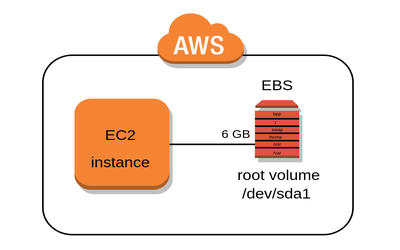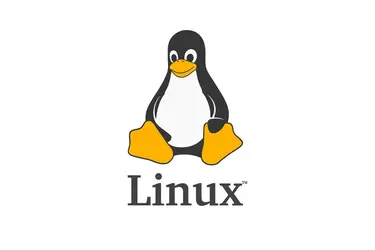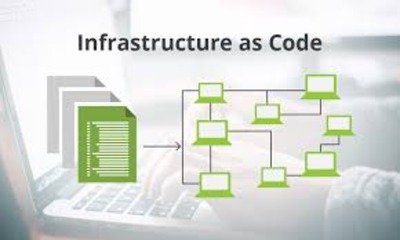Monitoring, Logging, and Analytics
The Monitoring, Logging, and Analytics course equips you with the skills to effectively monitor and analyze the performance, health, and behavior of your applications and infrastructure. You will learn how to implement monitoring and logging solutions to capture key metrics, logs, and events, and how to leverage analytics tools to gain insights into system performance. The course covers popular tools like Prometheus, Grafana, and ELK Stack, providing hands-on experience in setting up monitoring dashboards, log aggregation, and data visualization. By the end of the course, you’ll be able to use these tools to ensure reliability, detect issues proactively, and make data-driven decisions to improve application performance.
English
Last updated
Fri, 27-Dec-2024




















